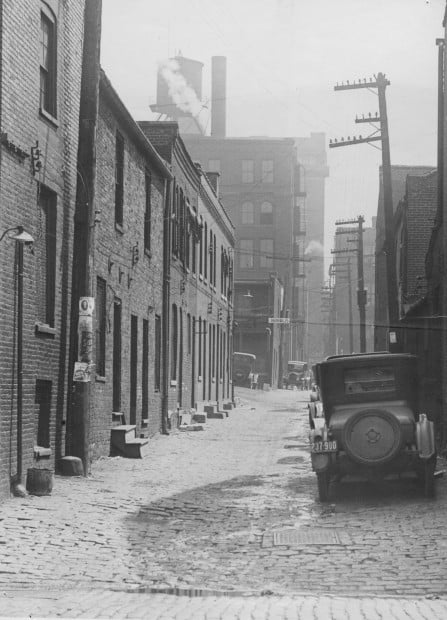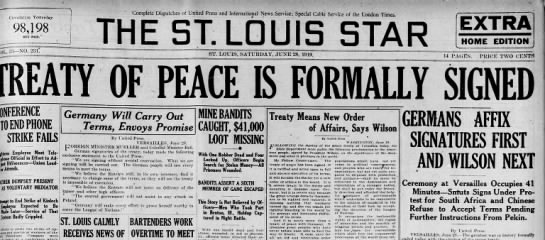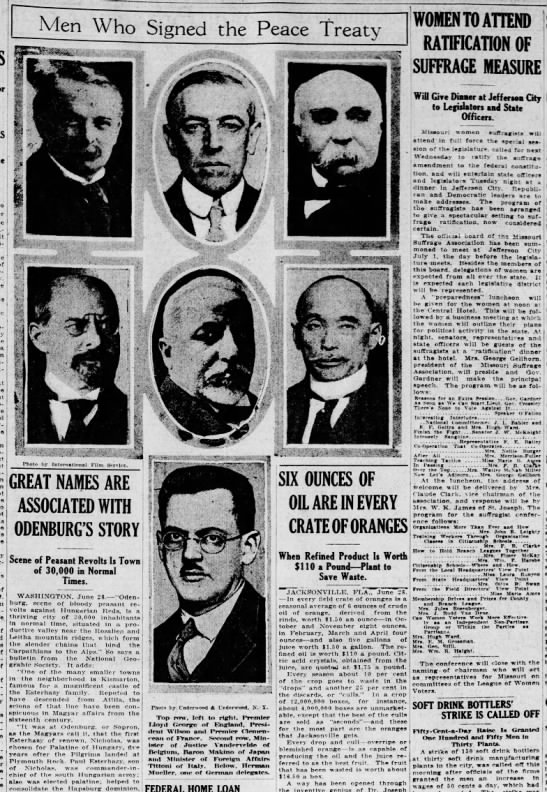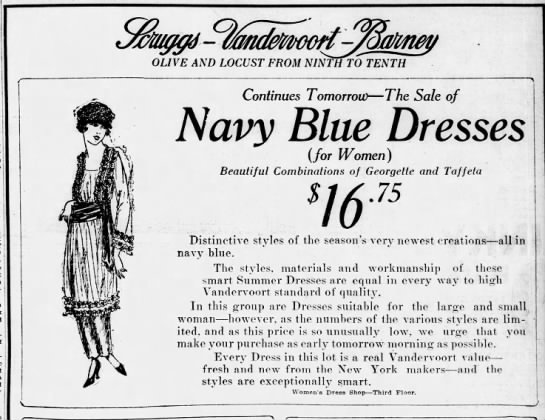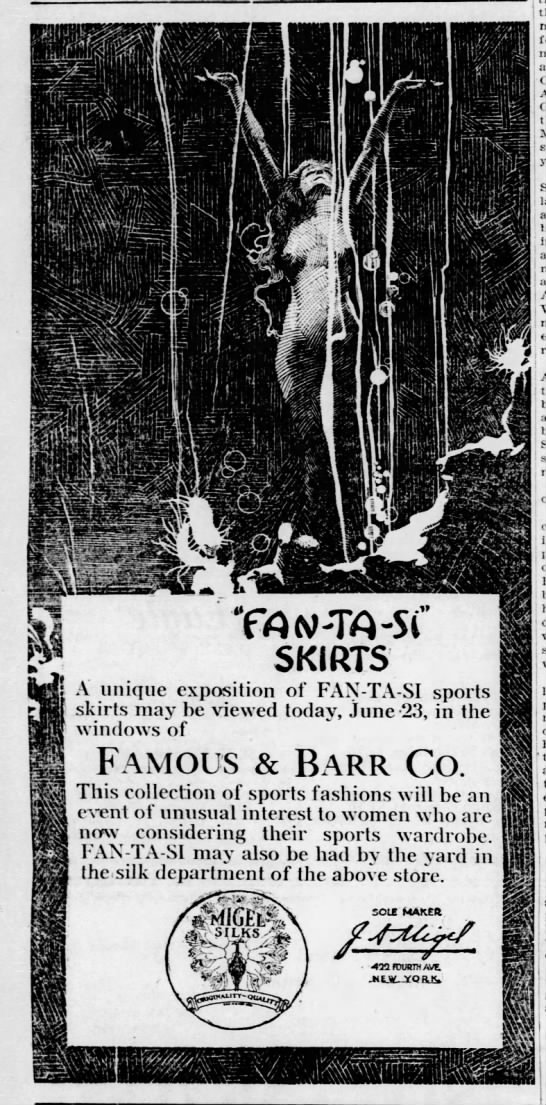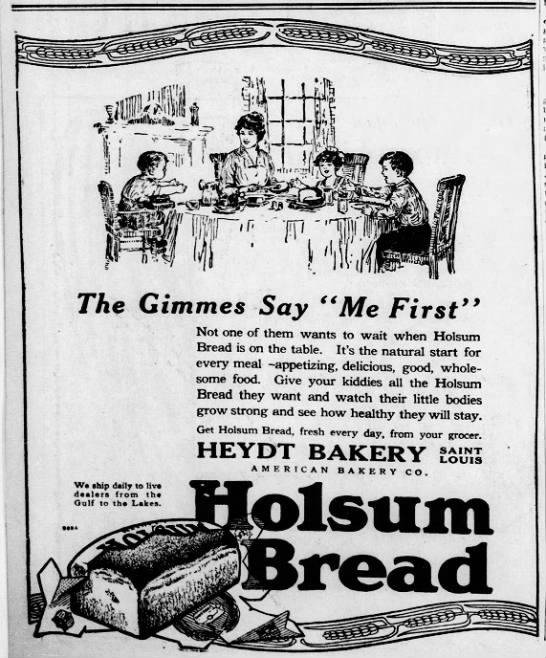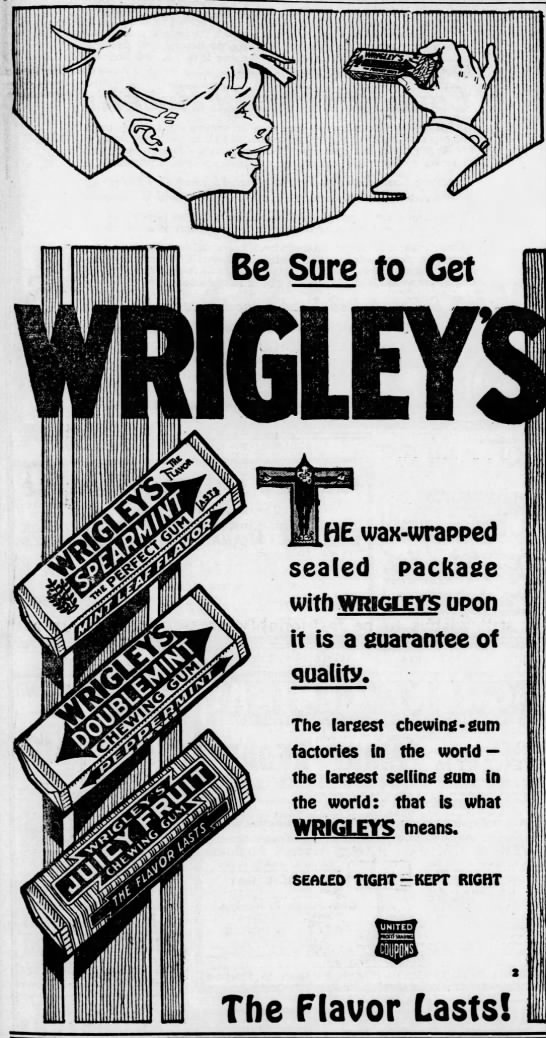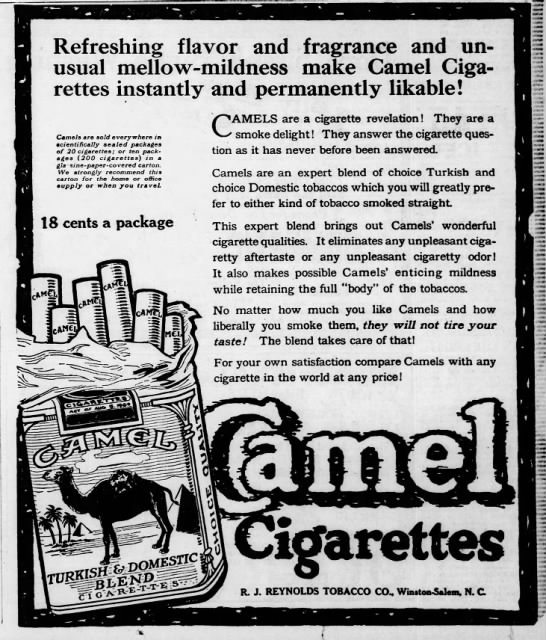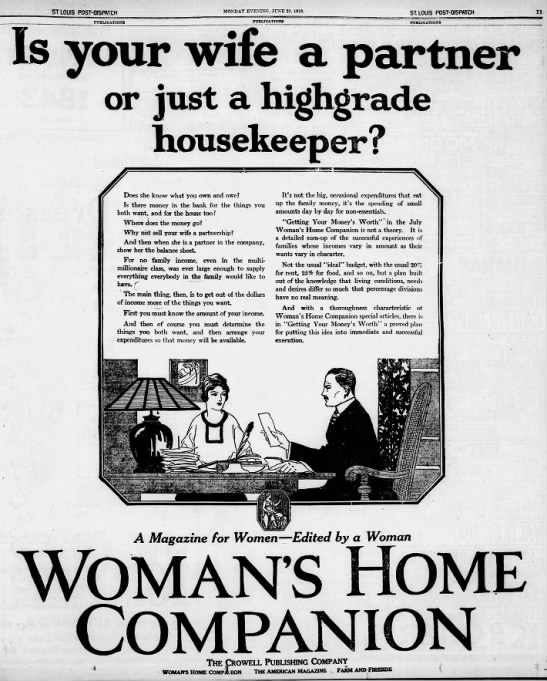 |
| Helen Korngold, Dec. 1919, New York City |
The summer after graduating from Washington University, Helen visited her uncle Joseph Frey at Colorado Springs, CO. She went to the new tourist destination of Pike's Peak.
June
Monday 30
Orchestra party
July
Tuesday 1
Wild – Leaving for Colorado – nice trip – but car sick
Wednesday 2
Missed our train in Pueblo but arrived in Colo. Springs o.k. Dined at Elks & met one. J. W. certainly had a time of it.
Thursday 3
Rented new quarters. Shopped. Mts are gorgeous looking. Went all over Colo. Springs. It’s a nice, clean town – I can’t realize how beautiful the mts are. Just look at them all day.
Friday 4
Motored to Pikes Peak. 1800 miles from Colo. Springs. 2’hd miles above sea level –We went with some people named Dunn – very lovely folks. We were far above the clouds – quite thrilled. The peak is gorgeous – beautiful view.
Saturday 5
Took long Cripple Creek Drive – 210 miles – saw Gorge (Royal) – climbed down – almost fell off- thrilling! Gorgeous granite & rock formations – beautiful scenery – cool & refreshing drive.
Sunday 6
NOTES:
 |
| from The Jewish Voice, July 11, 1919 |
| the Broadmoor Hotel |
Colorado Springs and Pikes Peak were fashionable and upscale resorts. Helen stayed in the Broadmoor Hotel, built by Spenser Penrose in 1918. It featured a golf course with a women’s locker room, quite a novel idea, and also offered the largest indoor pool in the West. The ballroom had marble pilasters, plum colored wall curtains, and crystal chandeliers. The floor was made of layers of wood and springs for dancing! Also offered was horseback riding.
| Broadmoor Hotel offered modern facilities |
| Broadmoor Hotel accommodations |
The bedrooms were carpeted in olive green with a small pattern. The paneled walls were French Gray. Scrim curtains and figured cretonne drapes dressed the windows. The rooms had glass topped dressers, a silk shaded light, a chiffonier, table desk, twin beds with silk coverlets, an upholstered armchair, and a nightstand with a phone. The bathrooms were tiled in white with white porcelain fixtures. A green bath matt gave a splash of color.
 |
| the Pauline Chapel |
| Motor Touring Pike's Peak |
Later Helen and family removed to the Hotel Craggs, another legendary hotel. They motored to Pikes Peak, Longs Peak, The Garden of the Gods, Monument Park, Fall River and the Big Thompson River.
 |
| vintage image of Hotel Craggs |
 |
| Garden of the Gods |





































